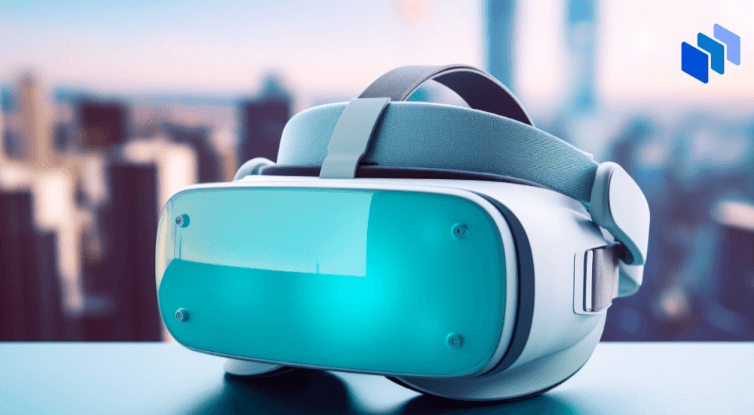How is augmented reality (AR) changing the retail and marketing landscape?

Introduction
Augmented reality (AR) has rapidly emerged as a transformative technology, reshaping the retail and marketing landscape. By overlaying digital information onto the physical world, AR offers unique and immersive experiences that captivate consumers and drive engagement. This article explores the multifaceted impact of AR on retail and marketing, highlighting its benefits, applications, and future potential.
The Rise of Augmented Reality in Retail
In recent years, augmented reality has gained significant traction in the retail sector. Retailers are leveraging AR to create interactive shopping experiences that blend the physical and digital worlds. AR technology enables customers to visualize products in their own environment, try on virtual clothing, and access detailed product information in real-time.
Enhancing Customer Experience with AR
AR enhances customer experience by providing an immersive and personalized shopping journey. Shoppers can use AR apps to see how furniture fits in their living spaces, experiment with different makeup looks, or explore intricate details of a product without leaving their homes. This level of interactivity and convenience builds stronger connections between brands and consumers.
AR in Product Visualization and Virtual Try-Ons
One of the most popular applications of AR in retail is product visualization and virtual try-ons. Customers can use AR to see how products like furniture, eyewear, or clothing will look on them or in their homes. This technology reduces uncertainty and increases confidence in purchasing decisions, leading to higher conversion rates.
Transforming In-Store Shopping with AR
In-store shopping experiences are also being revolutionized by AR. Retailers are integrating AR into physical stores through smart mirrors, interactive displays, and AR navigation systems. These innovations provide customers with real-time product information, personalized recommendations, and engaging in-store experiences that enhance satisfaction and loyalty.
Personalized Marketing Campaigns with AR
AR is a powerful tool for creating personalized marketing campaigns. Brands can use AR to deliver targeted and interactive advertisements that resonate with individual consumers. For example, AR ads can allow users to interact with products, participate in virtual events, or explore branded content in an engaging way.
AR in Social Media Marketing
Social media platforms are embracing AR to offer unique and shareable experiences. Brands are using AR filters, lenses, and effects to create viral marketing campaigns that engage users and increase brand visibility. AR content on platforms like Instagram, Snapchat, and TikTok allows brands to connect with a younger, tech-savvy audience.
Driving Sales with AR-Enabled Advertising
AR-enabled advertising is driving sales by providing interactive and memorable brand experiences. AR ads allow consumers to visualize products in their own environment, try out features, and make informed purchase decisions. This interactive approach increases engagement and conversion rates, making AR a valuable tool in digital marketing strategies.
AR and Consumer Decision-Making
AR influences consumer decision-making by providing detailed and interactive product information. Shoppers can explore product features, compare options, and receive personalized recommendations, all of which contribute to more informed and confident purchasing decisions. This reduces return rates and increases customer satisfaction.
The Role of AR in Brand Loyalty
AR helps build brand loyalty by creating memorable and engaging experiences that resonate with consumers. Personalized AR interactions, such as virtual try-ons or immersive product demos, foster a deeper connection between customers and brands. This emotional engagement enhances loyalty and encourages repeat purchases.
Innovative AR Applications in Retail
Retailers are constantly exploring innovative AR applications to stay ahead of the competition. From virtual showrooms to AR-assisted customer service.




